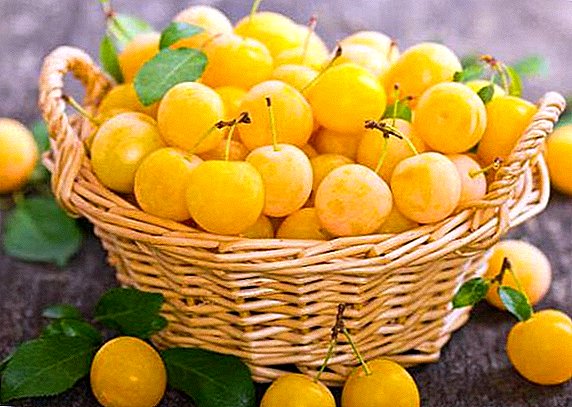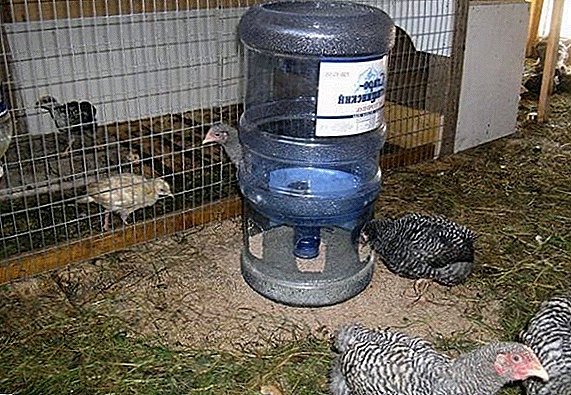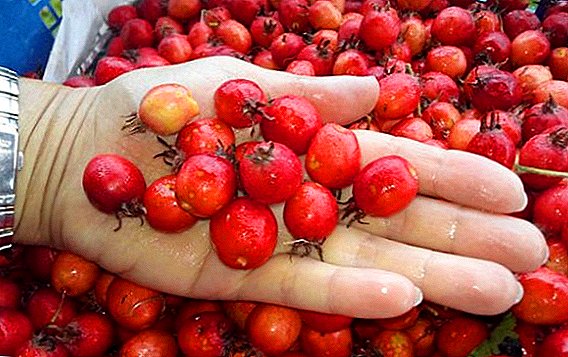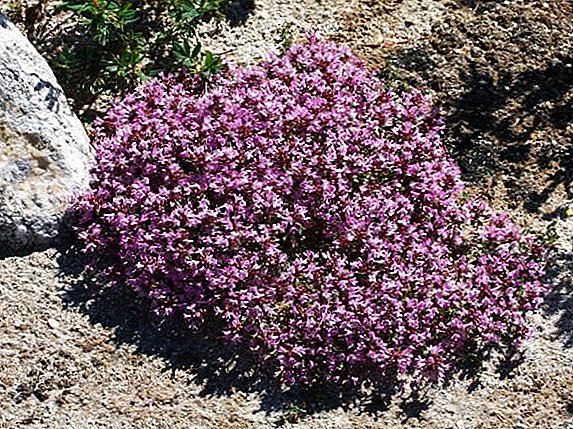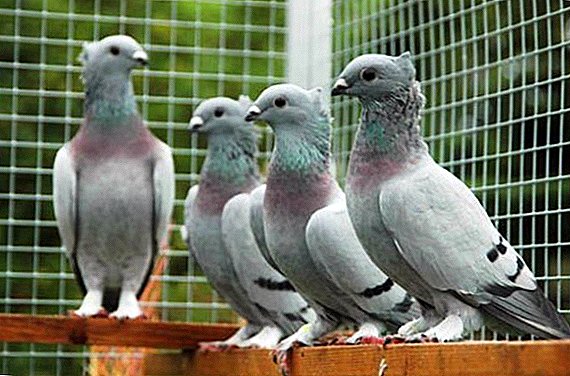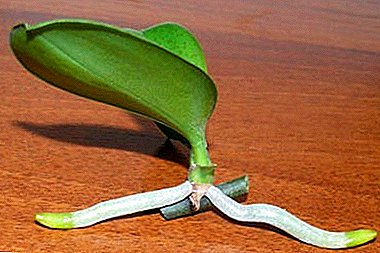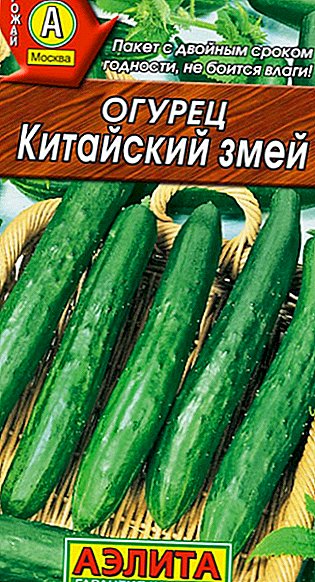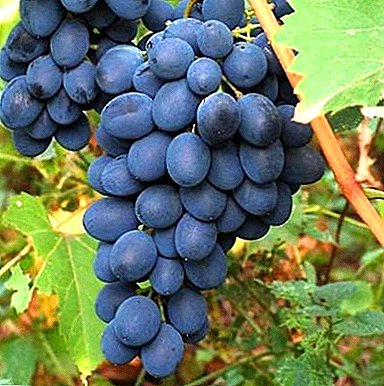
More than 500 hectares of our country are vineyards. Berries are grown not only for production.
Many gardeners are increasingly planting grapes to decorate the garden and prepare a variety of homemade dishes.
Today we want to tell you about one of the popular grape varieties with the name of August.
What kind is it?
Augusta belongs to the technical varieties with the mid-term ripening of berries. In Moldova, the harvest begins to take off in late August or early September, as well in the territories of the Lower Pridonya. Production time is about one hundred and thirty days.
Description of the grape variety of August
 Berries small, average weight of 1.4 grams. The shape is slightly rounded, the color is saturated, dark, blue.
Berries small, average weight of 1.4 grams. The shape is slightly rounded, the color is saturated, dark, blue.
Pulp juicy and fleshy, the juice is not colored, small bones.
The taste of berries is sweet and sour. Aroma pronounced, sweet with subtle notes of nutmeg.
In Russia, data on the tasting assessment of dry red wines obtained from the August variety have been recorded. She was 7.5 points.
Bushes grapes differ intensive growth. Leaves whole, round, dense, mesh-wrinkled with dome-shaped teeth. Chereshkovaya recess open, stem red-brown.
The vine is small. Cluster weight about 115-125 grams, conical shape, medium friability and density.
The following varieties also belong to the category of technical grapes: Levokumsky, Bianca, Montepulciano, Merlot, Denisovsky.
A photo
Photos of grapes "Augusta" see below:





Breeding history and breeding region
August was obtained from crossing CB 12-309 and Kazachka in VNIIViV them. ME AND. Potapenko. It is recommended to grow in the North Caucasus region. It was here that he was entered in the State Register.
Specifications
August has an average yield - about 150 c / ha. The maximum was collected 182 centners per hectare (following the planting pattern of 3 x 1.5 m.). To get high yields, you need to take care of proper plant care.
Need to water moderatelyso that there is no excess of moisture or its lack. Mulch the soil and regularly loosen and weed. Try not to overload the bush. Be sure to carry out maintenance work (cutting, spraying from pests).
Winter hardiness is good. The variety withstands temperatures down to -23 -25 ° C.
Although Augusta is suitable for cultivation in non-roofing culture, when grown in our area experienced gardeners recommend making a mandatory shelter for the winter.
 Grapes belong to the heat-loving culture, so in our climate requires a special approach to cultivation.
Grapes belong to the heat-loving culture, so in our climate requires a special approach to cultivation.
For the formation of bushes, a double-shouldered cordon with a height of 1 meter is suitable.
The average load on the bush is about 20 eyes. Trimming is carried out on four eyes.
It is worth noting that rooting cuttings varieties Augustus high.
Variety of Augustus is well suited for the preparation of dessert, table wines. Often it is chosen for cultivation for precisely these purposes.
Diseases and pests
The variety is endowed with good immunity, which allows you to save Augustus from pests and diseases. Mildew Resistance is about 2.5 points, 3.5 points to phylloxera with the condition of timely preventive treatment. 1-1.5 points to oidium.
Augusta may be damaged various fungal, bacterial, viral diseases (gray mold, chlorosis, bacteriosis, anthracnose, bacterial cancer).
To protect grapes It is recommended to pay attention to preventive measures.:
- It is required to regularly apply phosphorus-potassium fertilizers.
- To care for the soil: loosen the ground, remove weeds, carry out mulching, especially before the onset of the first cold weather.
- Regularly prune the grapes and remove stepchildren who overload the shrub.
- In the autumn should be sprayed with a 1.3% solution of nitrophene. The treatment will help protect the variety from diseases in the coming year.
- In order to reduce infection on an infected shrub, it is necessary to collect diseased leaves and shoots in time and burn them.
Augusta is considered a favorable technical grade for cultivation. It possesses good taste qualities, differs in a plentiful crop and frost resistance. It is suitable for homemade wine thanks to the good taste and quality of the berries.
For those who seek diversity in their own garden, we have prepared extensive information on the cultivation of pears, apples, cherries, plums, red and black currants. In our articles you will find everything about the varieties of apple trees and their diseases, pests, learn how varied pear varieties are and how they get sick in our climatic conditions.


